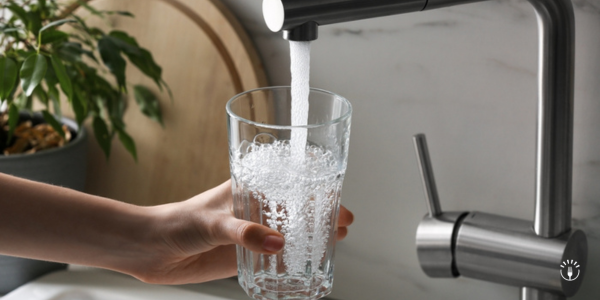
Taking accurate body measurements helps track weight loss progress, assess body fat changes, and select tailored and fitted clothing.
However, it is important to know how to take measurements appropriately for the best results. We are offering guidelines and tips to take accurate body measurements for men.
Why Take Body Measurements for Men?
Body measurements are valuable in a number of ways, including the few reasons listed below.
Body measurements track changes in weight.
Perhaps the most common reason and motivation of measurements are for tracking changes in weight and body fat percentages.
While the scale is often used to track weight loss, it does not measure body fat changes. The scale considers all body weight, including organs, fluids, bone, muscles, and fat. It also discredits muscle gain if following a strength training program.
Body measurements are often the stronger predictor of disease risk than BMI.
Body mass index (BMI) is derived using height and weight and applies to adult men and women. That being said, BMI does not consider gender and body composition such as muscle versus fat mass.
People considered overweight or obese based on body mass index tend to be at greater risk of chronic diseases. However, waist circumference is a stronger predictor of heart disease and diabetes than BMI.
Body measurements can help you feel empowered.
You may find the scale has not budged. But after taking body measurements, you notice a couple of inches lost in the midsection. If relying on the scale and avoiding measurements, there is a great risk of feeling discouraged and throwing in the towel.
Taking body measurements is a more accurate method for tracking changes in body composition. This especially serves true when taking measurements properly and tracking progress.
How to Take Body Measurements
When taking men's body measurements, use these tips for the greatest accuracy and tracking.
1. Learn how to take common measurements correctly.
Common measurements to take include the chest, waist, hips, and thighs. Here are guidelines to take each measurement correctly:
• Chest: Place one end of the tape measure around the fullest part of the chest then wrap the tape measure under the armpits.
• Waist: A waist circumference measures waist size just above the belly button and below the rib cage. Circle the tape measure around the waist, much like a belt at the natural waistline. When taking the measurement, relax the breath and do not suck in the stomach. Men are advised to keep waist circumference under 40 inches (102 centimeters).
• Hips: Starting at one hip, wrap the tape measure around the widest part of the hipbone. Circle it around the glutes and the other hip before returning back to the start point. Standing in front of a mirror for this measurement can help ensure the tape measure is level.
• Thighs: Circle the tape measure around the widest and highest part of the thigh. Then, wrap it back around to the front. Perform this measurement while standing for the best accuracy.
Measurements for clothing sizes also often include the neck, sleeve, inseam, and arms.
2. Use a cloth measuring tape for a more exact reading.
A rigid metal tape may skew measurement readings, so use a cloth measuring tape instead. Avoid using a measurement tape that stretches, too, as this may cause inaccurate measurements.
Also, do not pull the tape too tight nor drape too loosely. The tape should be slightly snug and allow no more than one finger should fit through it.
3. Place the measuring tape properly around the intended body part.
Hold the tape measure level around the body and roughly parallel to the floor. It is recommended to take body measurements while standing and against bare skin as opposed to over clothes.
If you are to wear clothes, wear pieces that are snug and light versus thick and bulky. Wear the same fitted clothing for consistency purposes as well.
4. Ask for assistance to take the measurements.
If possible, have a friend or store employee take measurements. This way you can stand in a relaxed stance and get a more accurate reading.
If measuring on your own, stand in front of a full-length mirror to make sure the tape is laying in the intended spot.
5. Track progress on a chart after taking body measurements.
After taking a measurement, write it down to ensure it is not forgotten. Document into a body measurement chart and track progress every two weeks to a month.
Because while changes may not be readily apparent to the eye, a tape measure can help reveal the truth. What's more, they often yield a pleasant surprise! Truly, observing the body's transformation over time can spark ongoing motivation to achieve goals.
Use the body measurements to track progress when dieting, exercising or aiming for other goals. Use all measurements as a guide to bolster progress towards good health as well.





